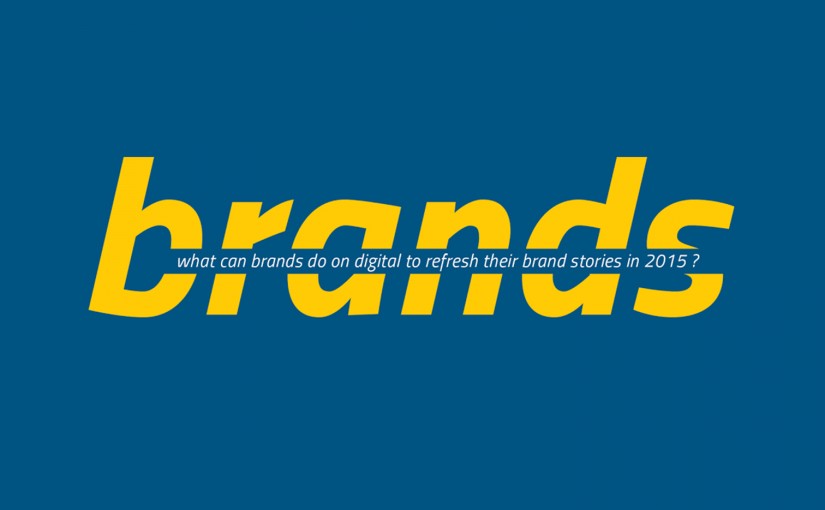Drop us a few lines about the task and we will get back immediately to see we how we can take the discussion forward. Alternately, just pick up the phone and speak with us at +91 9910034330 and we would be happy to help.
- - Do tell us a little about the nature of your business.
- - Be specific about what you’d like us to help you with.
- - Knowing your budget always helps us plan a suitable intervention.
- Blog
Can I trust you!?
-
Can I trust you!?

A frantic call from a friend seeking advice on credible blogs/ forums/ community sites where one could source an insider’s view of a future employer led to this post. She was recently offered a plum job in a leading technology company based out of Bangalore. Though the company in question boasts of being amongst the top 10 tech companies in the world, a shadow of doubt has remained over its Human Resource policies- scope for career development, work culture, remuneration, etc. Window dressing attempts by HR further fueled suspicion. She wanted the ‘real picture’ and in this time and era, that’s never too difficult to get.
This is not a case in isolation. The environment today is radically different from what it was, even a year ago. Engagement tactics between employers, employees, customers, investors and dealers have undergone an overhaul. Strict hierarchies, top to down communication, chains of command are passé and have made way for a more open and transparent work culture. Business functions like management, marketing, customer care, HR and Internal communication are heavily interlinked, taking away the silos of before.
The role of Human Resources and Internal communications in this viral environment has undergone a complete overhaul. Business challenges have changed and so have the dynamics of employee retention and engagement. HR is struggling hard to be seen separate from the voice of the boardroom and adopting a culture, more in sync with people. Adoption of Web2.0 tools by existing and prospective employees is on the rise and managers would do well to heed to the trend.- Sites like Vault, Payscale, get strong traction. Employee surveys, salary comparison, growth statistics, company reports – its all there
- Blogs; Employees are sharing opinions and experiences via anonymous or public blogs. The Mini Microsoft blog is a fairly formidable force to reckon with. Firms like Nokia, Sun Microsystems, IBM have large number of employees maintaining blogs
- Social communities such as Orkut have niche communities discussing companies, their policies, employee experiences etc.
- And of course, grapevine sites such as Truemors, Internalmemos, and Twitter could prove to be damaging for an organization, if it is caught on the wrong side of the fence.
These sites indicate the clear demand for third party endorsements, thought to be unbiased and closer to the truth, when making his career choices. People are looking for real stories and are using the Internet to get exactly what they want.
Some of it may be truly accurate and some may be well off the mark, and companies can do little to stop the treble of voices.
Managers in some firms have been quick to see the potential in social media and are steadily encouraging the management to participate. In a situation where a firm has global presence, issues of communicating brand values; building and nurturing corporate culture; enhancing knowledge and participation of business goals and objectives can effectively be achieved by deploying a social media strategy. The challenge of seamless integration is no longer an insurmountable issue. Nokia, for example, maintains company wide wikis, used to maintain schedules, update projects, execute promotions and allow employees to network in an informal environment.
What started as an experiment is today perhaps amongst the best examples of how companies are utilizing Web2.0. Intelpedia, launched by Intel boasts of 5000 pages with 13.5 million page views, a testament of its success. In cases like Sony Playstation which uses wikis to communicate product information from R&D to other departments, it has proved to be the most effective means of receiving feedback and implementing change. To list out even a percent of the companies using social media for genetic re engineering of an organization I would need to start a wiki or a blog. These developments indicate the change in role of HR professionals, across sectors.- With employees playing the part of reputation managers, HR and Internal communications will begin to act as catalysts for adoption of new technology and new spaces
- HR will steer itself to become a business support function rather than play the administrative role, guiding the organisation on achieving business goals
- Involvement on business strategy, goal setting and marketing is crucial to give HR teeth for implementing realistic employer branding programs
- Increasingly, HR will be the storehouse of insights and consumer perceptions as employees will lead consumers to the brand
- Managers need to go the extra mile in nurturing meaningful engagement focused on building trust, the corner stone of social media
- The research and monitor aspect of HR will need to watch out for all those conversations that are happening in the virtual world, to be relevant
This is only the beginning of the conversation. Looking forward to views of HR managers on how they are steering the organizational shift and its impact on their roles.
Disclaimer: Views of authors are personal and do not represent the views of Blogworks, or any of its clients.
-
Contact
conversations@blogworks.in
+91-9910034330 -
Newsletter
-
Social

























